Happy New Year! Finally, 2022 has started.
Japanese women are busy from the end of year to the beginning of the year because there are many traditional things that we prepare for the New Year. In contrast to a Western culture where Christmas is a big deal, New Year’s is the biggest holiday in Japan.
Today, I’ll introduce two traditional decorations: Shimekazari (注連飾り) and Kagamimochi (鏡餅).
Japanese New Year’s Day
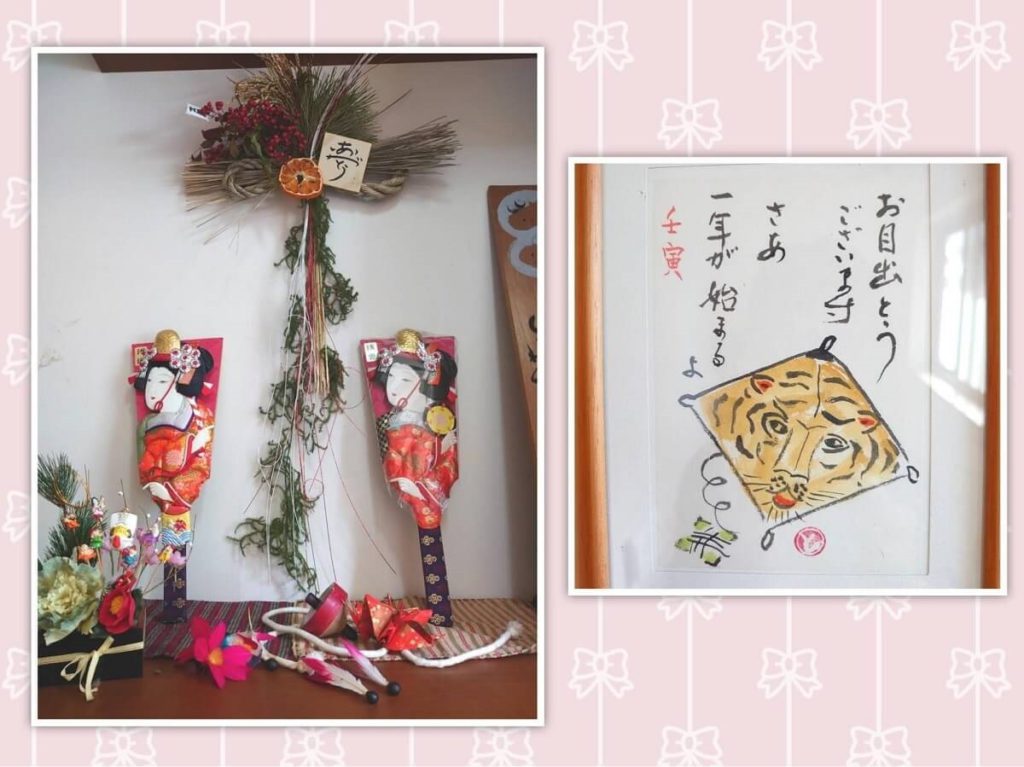
For a long time, the deity called Toshigami-sama has visited each house on New Year’s Day every year. We Japanese people believe the deity called Yaoyorozu-no-Kami (八百万の神, やおよろずのかみ) lives in everything and everywhere. It is said that Toshigami-sama (年神様), the New Year’s deity is not a deity of a specific religion, but rather a combination of several deities, such as the Toshitokujin (歳徳神, god of good fortune and virtue), the spirits of ancestors, and the god of grains, all of which were combined into one and handed down as a folk belief. For Japanese people who used to be agricultural people, Toshigami-sama, god of af huge, abundant harvest, has been considered a very important god. It is a common saying that Toshigami-sama gives us the power of living and happiness, so people make preparations to worship Toshigami-sama, as it is said to bring the power of life and happiness.
Shimenawa and Shimekazari 注連縄と注連飾り

A shimenawa is a rope that separates a sacred area from the outside world, and one of the marks that draws a boundary. For this reason, shimenawa are stretched around shrines, sacred objects, sacred trees, and other places that are considered sacred areas.
And in ordinary households, it’s a traditional custom that a shimekazari is hung in the top middle of the front door. The shimekazari is a household New Year’s decoration made of shimenawa. Some lucky charms are added as a decoration. For some typical examples, we have the urajiro charm (うらじろ) which signifies cleanliness because the back of the leaf is white, the kamishide charm (紙垂) in which the power of god is said to dwell and which signifies holiness and cleanliness, and the daidai charm (橙) which is an orange fruit that signifies descendants, prosperity, and other similar things. It’s said that shimekazari prohibit evil spirits from entering your house, similar to a shimenawa at a shrine, and provides the blessing of perfect health and the safety of your family. Toshigami-sama will find it and visit you once he sees that you’ve finished the preparations to welcome him.
Kagamimochi 鏡餅
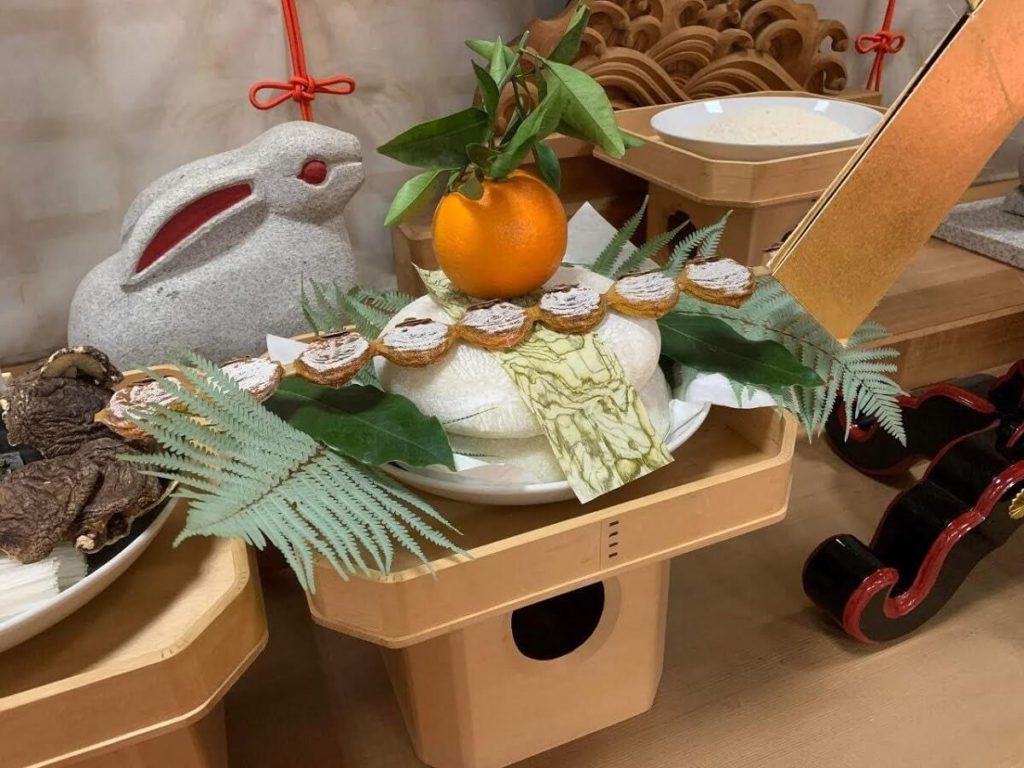
Kagamimochi looks like a traditional Japanese mirror and has been used a lot for Shinto rituals. It is made from mochi, a round rice cake. Originally, mochi was said to be an essential food for festivals and celebrations as a sacred offering to the gods. Two rice cakes represent yin and yang, and two round, piled-up rice cakes are meant to symbolize growing old in harmony. In general, the kagamimochi is placed on a kamidana (神棚), which is a shelf used to enshrine the spirits of your ancestors, and it is also used to store talismans you receive from shrines. Kagamimochi can also be placed on tokonoma (床の間), a high place in a Japanese room, and can be used as a dectoration with hanshi paper (半紙) or housho paper (奉書) on a sanpou (三方), a tray used for Shinto rituals.
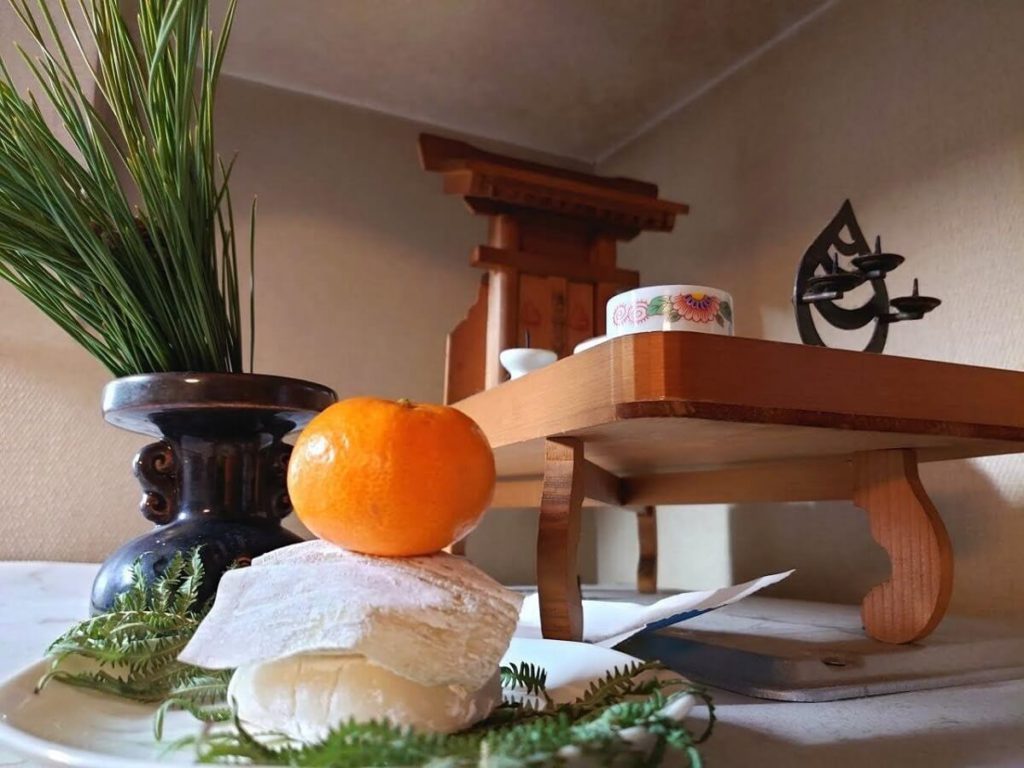
Looking back, when I was a child, we used to decorate our Buddhist altar, kitchen, bathroom, and front door with kagamimochi of various sizes. I used to think that the gods were really there. Nowadays, the custom of eating rice cakes seems to be disappearing and there are various types of kagamimochi instead, some of which are shaped like kagamimochi but have sugar inside. Personally, I think it is nice to decorate with kagamimochi at least for New Year’s to express gratitude and wishes for the next year.
What day is it better to decorate them?
After the Christmas season, we have to make preparations for New Year’s Day immediately.
Which days are good and bad to decorate with these New Year’s decorations?

| December 28 | It’s a good day for decorating. In Japan, 8 is a lucky number because its kanji (八) looks like the future is expanding. |
| December 29 | We associate 9 with the kanji “ku” (苦), which means suffering. That’s the reason why it’s not a good day. |
| December 30 | 30 is a nice round number. So it’s a good day to decorate them. |
| December 31 | Displaying New Year’s decorations on the 31st is called “overnight decorations,” and is considered rude to the gods who welcome you. It is also considered to be bad luck to decorate them as overnight decorations like a funeral. |
How to make Kagamimochi and Shimenawa at Onji shrine
Onji shrine
http://www.onji.or.jp/
After New Year’s Day, what do you do with the decorations?
What should we do with these sacred decorations after the New Year’s?
Shimekazari:
A long time ago, New Year’s decorations such as shimekazari were collected and used to burn and dedicate in a fire festival called “Dondoyaki” (どんど焼き) on January 15. There are still many shrines and other places where a Dondoyaki is held, so we recommend you bring your shimekazari there. If you live in a house with a garden, you can purify the soil in the garden with salt and sake and burn the New Year’s decorations on the soil. Wrap the ashes in newspaper and throw them in the trash. If it’s difficult to burn the decorations, you can prepare a large piece of paper and place salt on the right, left, and middle sides, wrap the decorations in the paper, separate them from the other trash, and put them in one trash bag for disposal.

Kagamimochi:
On January 11, there is an event where the kagamimochi that were prepared for the New Year are put away and rice cakes are eaten. This is called “Kagamibiraki” (鏡開き). By then, kagamimochi lose their moisture and become hard after being displayed. And many of them are too big to be cooked as they are, so we grind them into small pieces and eat them as zenzai (ぜんざい), which is sweet red bean soup, or ozoni (お雑煮), which is one of the Japanese soups with rice cakes.
In the old days, samurai families used to break the kagamimochi into pieces with a wooden hammer because it was considered bad luck to use a knife on something that was offered to the gods. Also, kagamimochi is often covered with mold, so it’s sometimes shaved with a knife before being cut into pieces. It is believed that eating the rice cakes in which the gods dwelled will give us the power to live a healthy and happy life for the year.
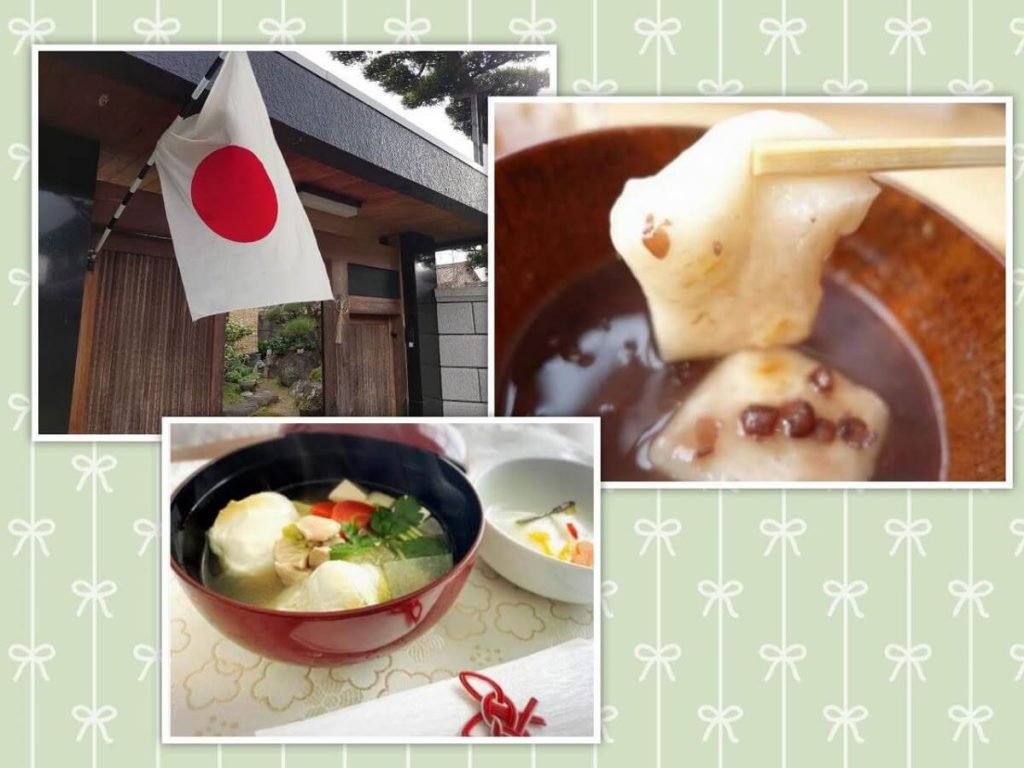
At the end
In my family, we usually spend the New Year in this traditional way. It’s nice to be able to welcome the first day of the year with a little bit of a renewed spirit. Each family has its own traditions, so it’s quite fun. Things that I used to think were boring as a child, now I enjoy them. I think that our family has been able to pass on to our children our own way of spending the New Year. I would be more than happy if each of my children could pass it on to their own children.
Thank you very much.
I’m a clay artist, and a master of Japanese calligraphy “Onore-sho”. I have my own shop in Ikaruga town, Nara, which is near Horyuji temple: world heritage site. And I’m a volunteer English tour guide. I enjoy learning English everyday.

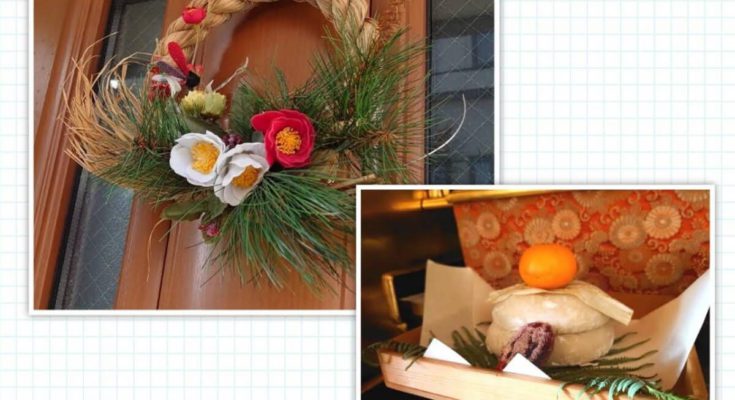

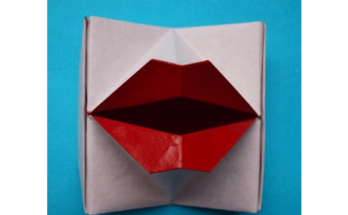
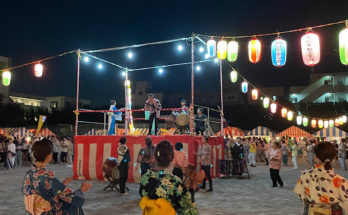
 HTJ has a YouTube page! Check it out
HTJ has a YouTube page! Check it out
Hello, Chisato-san.
I enjoyed your article again.
I am a lazy housewife basically, but I like preparing for new years day.
I buy a kagamimochi shaped thing that has many packed small rice cakes in it every year, but I didn’t know about the sugar version one!
When I was a child, I live in a countryside, and there was “Dondoyaki” at my elementary school ground every year.
I was looking forward to bringing shimekazari on that day and I was excited when the event started.
Your article brought back the memories.
As you mentioned, the style of celebration on New Year’s day has changed little by little, but I think it is still important to inherit Japanese culture and enjoy it🎍